
Rosettes or clusters of fleshy, cream-colored caps; pores whitish, descending the stalk. Grows on the ground near tree bases. July–October. Each cap convex or flat, becoming depressed in the center; cream-colored; texture dry, hairy or smooth, can be rough or pitted; flesh white, thick, firm, becoming tough; odor mild and earthy, becoming strong. Pores wide, angular; whitish, becoming dingy; pores descending stalk. Stalk rooting; yellowish. Spore print white. Spores magnified are round, colorless, warted.
Lookalikes: Hen of the woods (Grifola frondosa) has many smaller, grayish to brownish caps. Black-staining polypore (Meripilus sumstinei) blackens when bruised or handled. Eastern cauliflower mushroom (Sparassis spatulata) has ribbonlike folds.
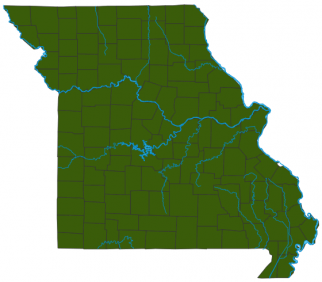
Habitat and Conservation
Status
Life Cycle
Human Connections
Ecosystem Connections
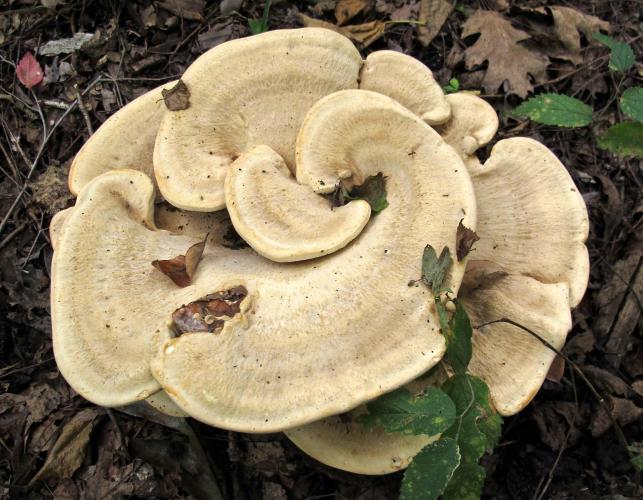

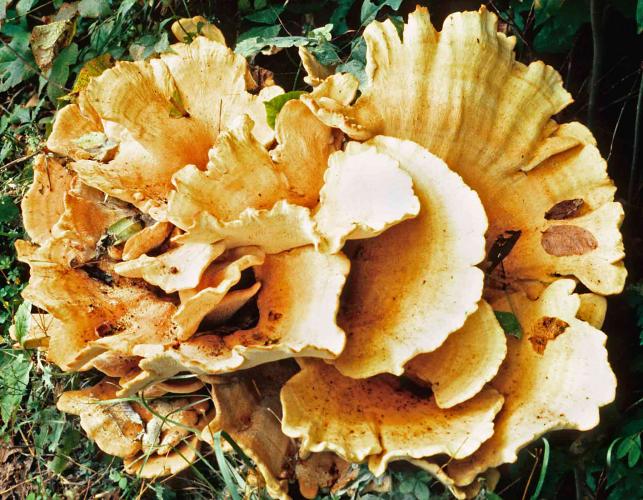
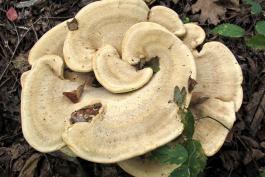

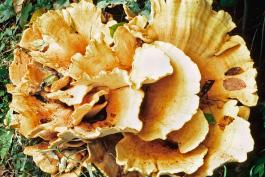
Mushrooms are a lot like plants, but they lack chlorophyll and have to take nutrients from other materials. Mushrooms are neither plants nor animals. They are in a different kingdom — the fungi. Fungi include the familiar mushroom-forming species, plus the yeasts, molds, smuts, and rusts.
Always be cautious when eating edible mushrooms. Be absolutely sure of the ID, and only eat a small amount the first time you try it to avoid a reaction..





















